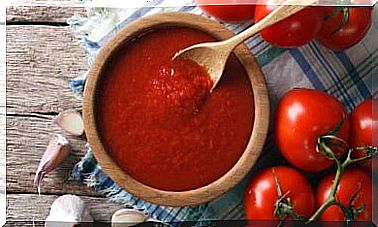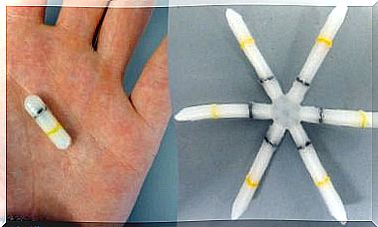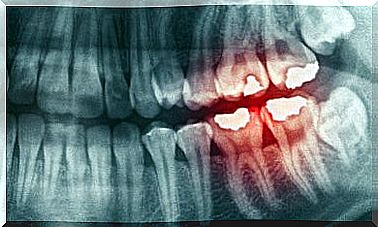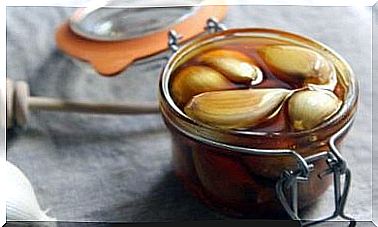Why Too Much White Bread Is Unhealthy
Consuming white bread can be just as harmful as consuming too much sugar. So if you don’t want to do without it completely, you should at least look around for healthier alternatives.

In the last few years warnings about the consumption of white bread have been heard more and more often . Even if bread has always been part of the basic human diet, there are definitely reasons to remove it from your menu these days.
The basic recipe for white bread consists of refined, ie processed wheat flour, water and salt. This, when combined with the preservatives added in some cases in the industrial manufacturing process, is not the best nutritional option.
In fact, because of its high carbohydrate content, white bread is not recommended as part of your diet. Especially not if you want to lose weight. Daily consumption can lead to obesity and other metabolic diseases.
Are there any other reasons to limit the consumption of white bread? Of course there are! Of course, it’s harmless to eat smaller portions every now and then. However, excessive consumption of white bread can provoke several negative reactions in the body.
Find out more here!
White bread and its poor nutritional quality
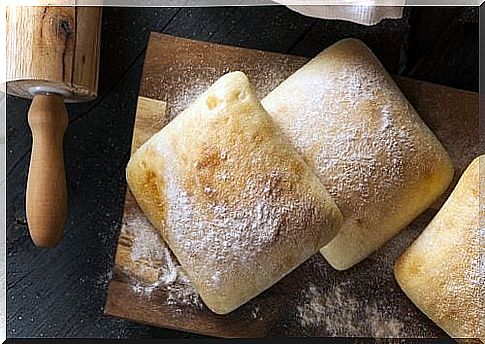
Bread, especially industrial white bread, is a very nutrient-poor food. During the refining process, it loses many of its beneficial properties as it removes the wheat germ and bran.
The result is a product that is low in fiber, vitamins and minerals. And it can make digestion and metabolism difficult due to its high concentration of starch.
Of course, it’s not about cutting all carbohydrates from your diet. But you’d better use other foods. Because white bread is probably the worst option.
White bread is high in sodium
Excessive sodium intake can lead to some health problems. It is worrying that more than 77% of the ingested amount comes from processed foods. And that includes white bread.
Bread that has undergone industrial processing can contain additives of phosphate and sodium hydrocarbonate. In turn, excessive amounts of these can affect the storage of fluids in the body and blood pressure.
- Industrially manufactured white bread can contain up to 19 grams of salt per kilogram, i.e. around 4.7 grams per stick of bread (approx. 250 grams).
- The maximum dose of salt, according to the World Health Organization (WHO), is 5 grams per person per day.
White bread has a high glycemic index
White bread is one of those foods that burns quickly and has a high glycemic index. This means that if it is not used appropriately as a source of energy, it will lead to insulin depletion and high blood sugar levels.
The effects on the body are comparable to those of white sugar : increased blood sugar level, the functions of the pancreas are affected and metabolic disorders such as diabetes mellitus and obesity can occur.
White bread contains a lot of gluten
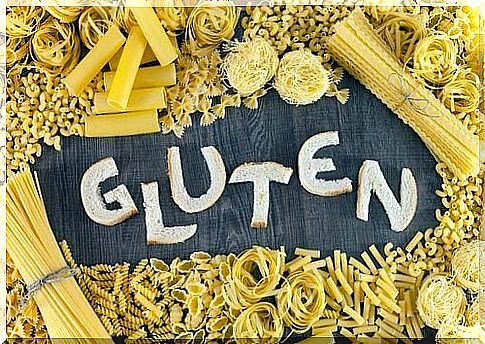
The wheat used to make bread contains too much gluten. This mixture of proteins facilitates the fermentation of the dough and makes it more elastic, airier and more juicy.
The problem is that many people have delicate digestive systems that cannot properly process gluten.
- Gluten intolerance or celiac disease causes abdominal pain, diarrhea, heartburn, and inflammation.
How can you reduce your white bread consumption?
Refraining from eating bread can be difficult for those of you who are used to eating it regularly. However, given the risks involved, it is a good idea to take steps to reduce this as much as possible.
Find a substitute for bread
Even healthy breads sold in the market can be an important source of calories if you don’t eat them in moderation. For this reason, it is best to look for other sources of carbohydrates in your diet.
- There are many alternative recipes to avoid the refined flours in traditional recipes. You can make sandwiches without bread, for example, or make cauliflower dough for pizzas, to name just a few examples.
Prefer products made from 100% wholemeal flour
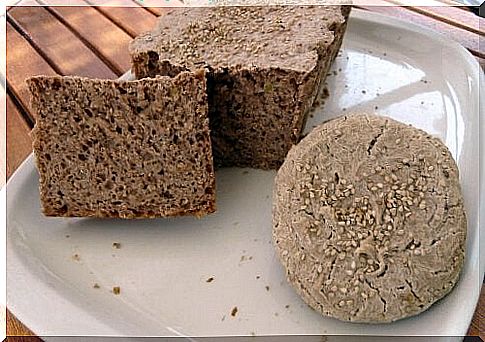
Whole grain breads have more beneficial properties and nutrients than white bread. It may be a little more expensive at times, but it is definitely a healthy option that you can resort to on a regular basis.
- But beware…. there are also some breads that are not 100% whole grain. This is why it is important that you double-check the labels before purchasing. This is the only way to find out whether the content is actually made from whole grain flour or whether it is combined with refined flour.
Avoid bread baskets
In many restaurants bread baskets are served with meals. In order not to be tempted in the first place, it is best to ask the waitress directly not to bring a bread basket or remove the existing one.
How often do you eat bread And which strain do you choose? Now that you know the negative effects of too much white bread, you may be trying to find other healthier foods to replace it with.


